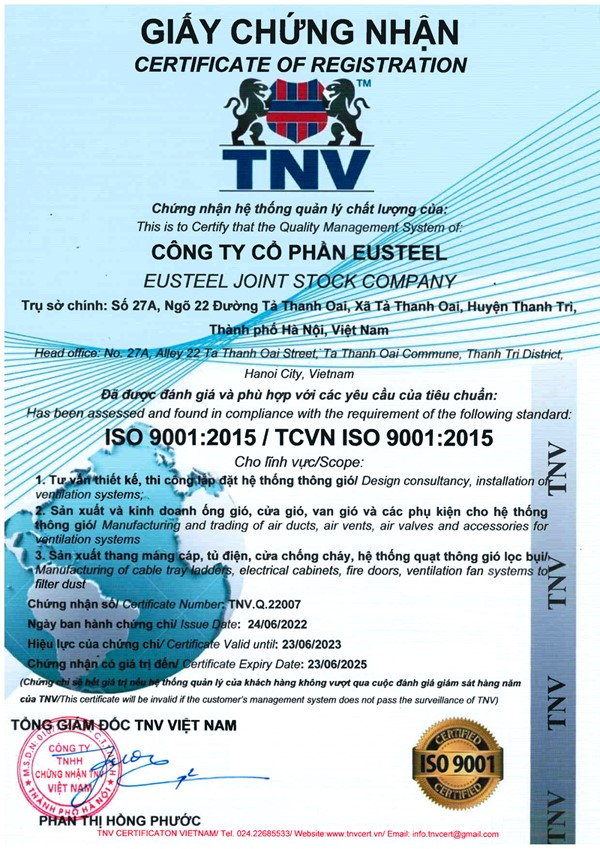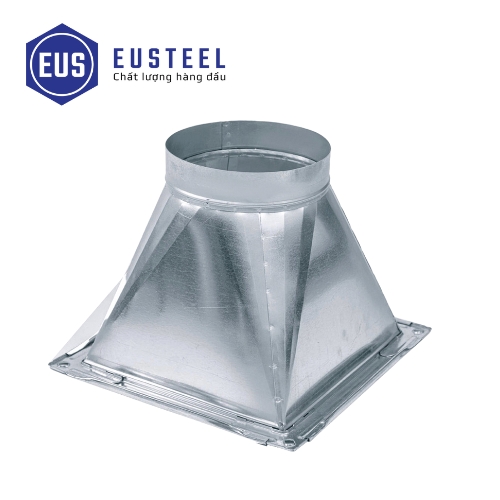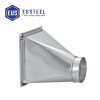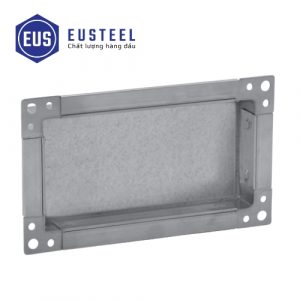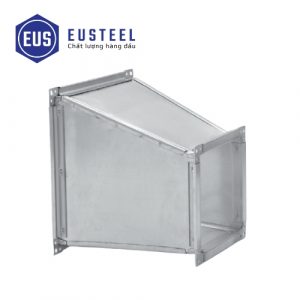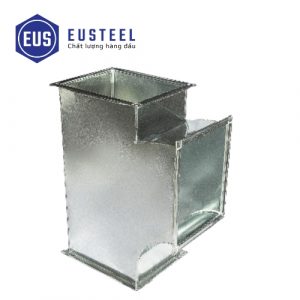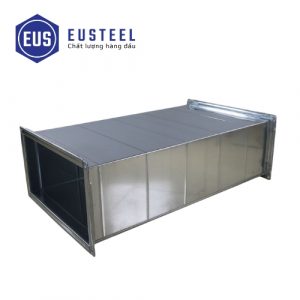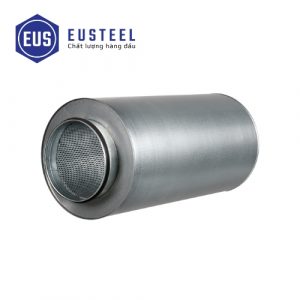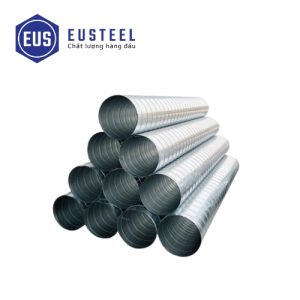Galvanized steel: The most popular material due to its reasonable cost and ease of processing. Widely used in residential and commercial ventilation and air conditioning systems.
Stainless steel (201, 304): Used for special applications requiring high corrosion resistance, rust resistance, or meeting strict hygiene standards (for example: industrial kitchen exhaust systems, food processing and chemical factories).
Connecting square air duct to the fan: It is very common for the fan to have a round suction or blower mouth, while the main pipe is a square pipe.
Connecting square ducts to round ducts: When it is necessary to convert from a square duct system to a round duct system for space, aesthetic, or performance reasons.
Connecting square air ducts to round air vents: Attach round air vents to the square air duct system.
Connection with other devices: Industrial devices have round connection ports, while the duct system is square.
Shape:
Shaped like a funnel or truncated tip, with one end being square (or rectangular) and the other end being round.
The "concentric" characteristic is shown by the fact that the center of the square/rectangle and the center of the circle are both located on an imaginary straight line running along the axis of the accessory. This creates symmetry around that axis.
The side panels are often finely machined planes to create the smoothest possible transition between the two shapes.
Material Thickness:
Depends on the size of the accessory and the working pressure of the system.
Complies with the same material thickness standards as air ducts.
Length:
The length of the concentric square-circular transition also affects aerodynamic performance. The larger the length, the smaller the slope of the transition, helping:
Reduced pressure loss: Gas flow is less turbulent when moving from one section to another.
Noise reduction: Helps the system operate more smoothly.
Conversely, a taper that is too short can cause significant pressure loss and noise.
Joint:
Square/rectangular head: Usually equipped with flanges (such as TDC/TDF flanges or angle steel flanges) to connect to square air ducts.
Round head: May have round flanges, snap-lock joints, or be designed to slide into or out of round pipes and be secured with draw nails, self-drilling screws and sealant.
Good aerodynamic performance: Due to the concentric design and smooth transition, it minimizes pressure loss and noise.
Easy to calculate and install: Symmetrical design makes alignment and installation relatively simple.
